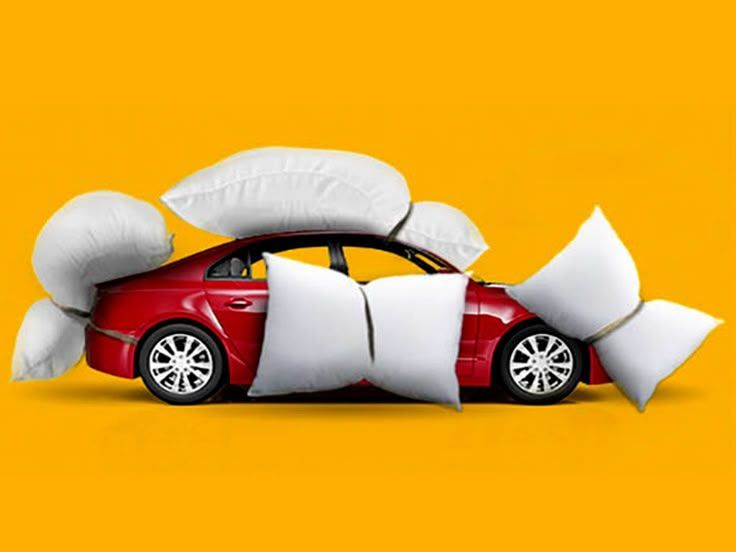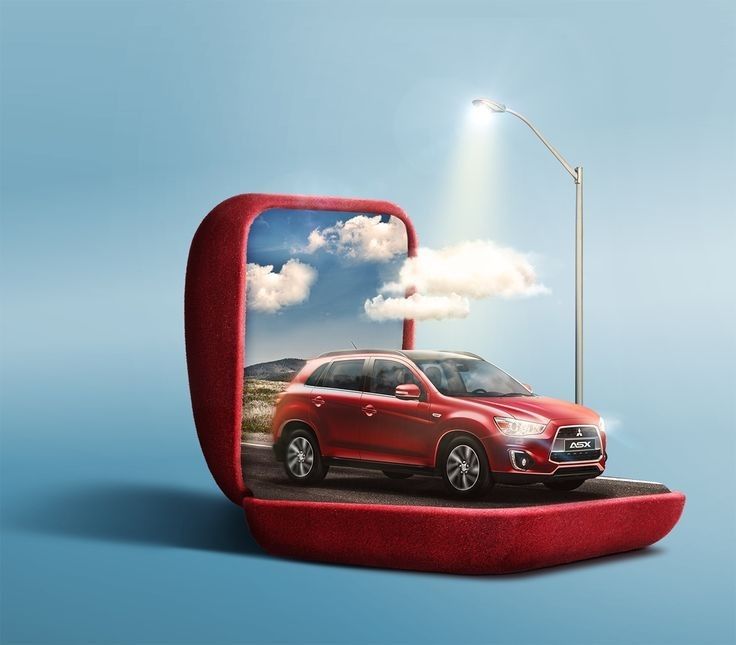Motor insurance is one of those things every Kenyan car owner knows they need but often doesn’t fully understand. Whether you are driving through the busy streets of Nairobi, cruising on the highways of Mombasa, or navigating rural roads upcountry, having the right insurance policy protects not just your car but also your financial wellbeing. But here’s the big question: should you go for third-party motor insurance or opt for a comprehensive cover?
This blog will take you deep into the two main types of motor insurance in Kenya, explain what they really mean, break down their coverage, and guide you in choosing what suits your needs best.

⸻
Why Motor Insurance is Compulsory in Kenya
According to the Insurance Act (Cap 487 of the Laws of Kenya), every motor vehicle on Kenyan roads must have at least third-party insurance. This requirement ensures that in case you cause an accident, the injured third party is protected financially. Driving without insurance not only puts you at risk financially but is also a criminal offense that could attract fines, penalties, or even imprisonment.
So while you can’t avoid insurance, you do have a choice between third-party only and comprehensive insurance.
⸻
What is Third-Party Motor Insurance?
Third-party insurance is the most basic form of motor insurance in Kenya. As the name suggests, it only covers damage or injury caused to third parties—that is, people other than you (the policyholder) or your car.
Coverage Includes:
- Injury or death of other road users (pedestrians, passengers, or drivers of other cars).
- Damage to another person’s property (e.g., another vehicle, a wall, or a shopfront).
Exclusions:
- Damage to your own vehicle.
- Injuries to yourself as the driver.
- Theft or fire damage to your car.
In short, if you buy third-party insurance and you get into an accident, the insurer will only pay for the damage you caused to the other party—not for your own losses.
Why Many Kenyans Choose Third-Party Cover
- It’s cheaper compared to comprehensive cover.
- It fulfills the minimum legal requirement.
- Best suited for older cars with low market value where repairing may cost more than the car’s worth.
⸻
What is Comprehensive Motor Insurance?
Comprehensive insurance, on the other hand, is a more robust and all-inclusive type of cover. It includes third-party protection but goes beyond to cover your own vehicle and other risks.
Coverage Includes:
- Third-party liabilities (as explained above).
- Damage to your own car from accidents.
- Theft of your car.
- Fire damage.
- Natural disasters like floods, storms, or falling objects.
- Political violence or terrorism (if specifically endorsed).
- Medical expenses for the driver and passengers (depending on the policy).
Exclusions:
- Wear and tear of your car.
- Drunk driving or reckless use.
- Using the vehicle for purposes not declared in the policy (e.g., using a private car for commercial transport).
- Fraudulent claims.
Why Many Kenyans Prefer Comprehensive Cover
- Offers peace of mind, knowing both your car and third parties are protected.
- Ideal for new or high-value cars.
- Often includes add-ons like roadside assistance, towing services, and replacement of windscreen or mirrors.

⸻
Comparing Costs: Comprehensive vs. Third Party in Kenya
The cost of motor insurance in Kenya varies depending on factors such as the type of car, age of the vehicle, and risk profile of the driver.
- Third-Party Insurance: Typically costs around KSh 5,000 – KSh 8,000 per year.
- Comprehensive Insurance: Usually charged as a percentage of the car’s value (between 3% – 5% annually). For example, a car worth KSh 1,000,000 could attract a premium of KSh 30,000 – KSh 50,000 per year.
While comprehensive insurance is more expensive, it offers far greater protection, which could save you millions in the event of a major accident.
⸻
Real-Life Example:
Imagine James owns a Toyota Vitz worth KSh 500,000. He only pays for third-party insurance because it’s cheap. One day, he gets into an accident and damages both his car and another person’s vehicle. His insurance pays for the other driver’s damages—but James must cover his own car repairs out of pocket.
Now take Mercy, who drives a Subaru Forester worth KSh 2 million. She opts for comprehensive insurance. After an accident, her insurer pays for both the third party’s damages and repairs to her own car. She pays only the deductible (excess), saving her from a massive financial hit.
⸻
How to Choose the Right Motor Insurance in Kenya
- Consider Your Car’s Value
- If your car is brand new or valuable, comprehensive cover makes more sense.
- If it’s older and of low market value, third-party might be enough.
- Assess Your Risk
- Do you often drive long distances, in high-traffic areas, or park in unsecured places? Comprehensive is safer.
- If you drive occasionally and mostly in safe areas, third-party might suffice.
- Budget Wisely
- While comprehensive is costlier, think long-term. One accident could wipe out all the money you saved by avoiding higher premiums.
- Check Policy Conditions and Exclusions
- Always read the fine print. Some covers exclude riots, floods, or certain drivers (like under 25 years old).
- Work With a Trusted Insurer or Broker
- Choose a reputable insurance provider. Cheap is not always best if claims take years to be settled.
⸻
Final Thoughts
In Kenya, both third-party and comprehensive motor insurance serve different needs. Third-party is the affordable, legally required minimum, while comprehensive is the safer, more protective option. As a car owner, the right choice depends on your car’s value, your risk exposure, and your budget.
Insurance is not just about ticking a box for compliance—it’s about protecting your investment, your finances, and your peace of mind. Next time you renew your motor insurance, don’t just look at the premium cost—look at the protection you’re getting. That knowledge could make all the difference when you need it most.
